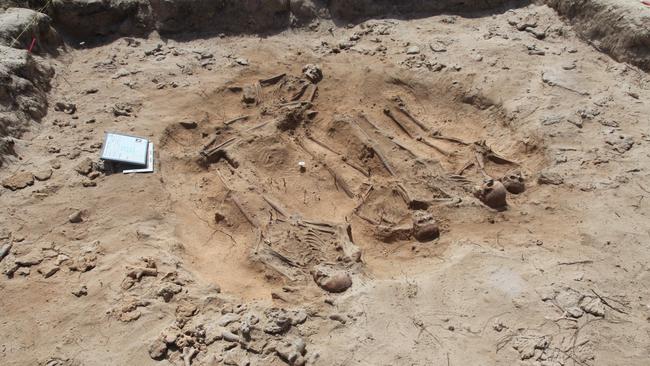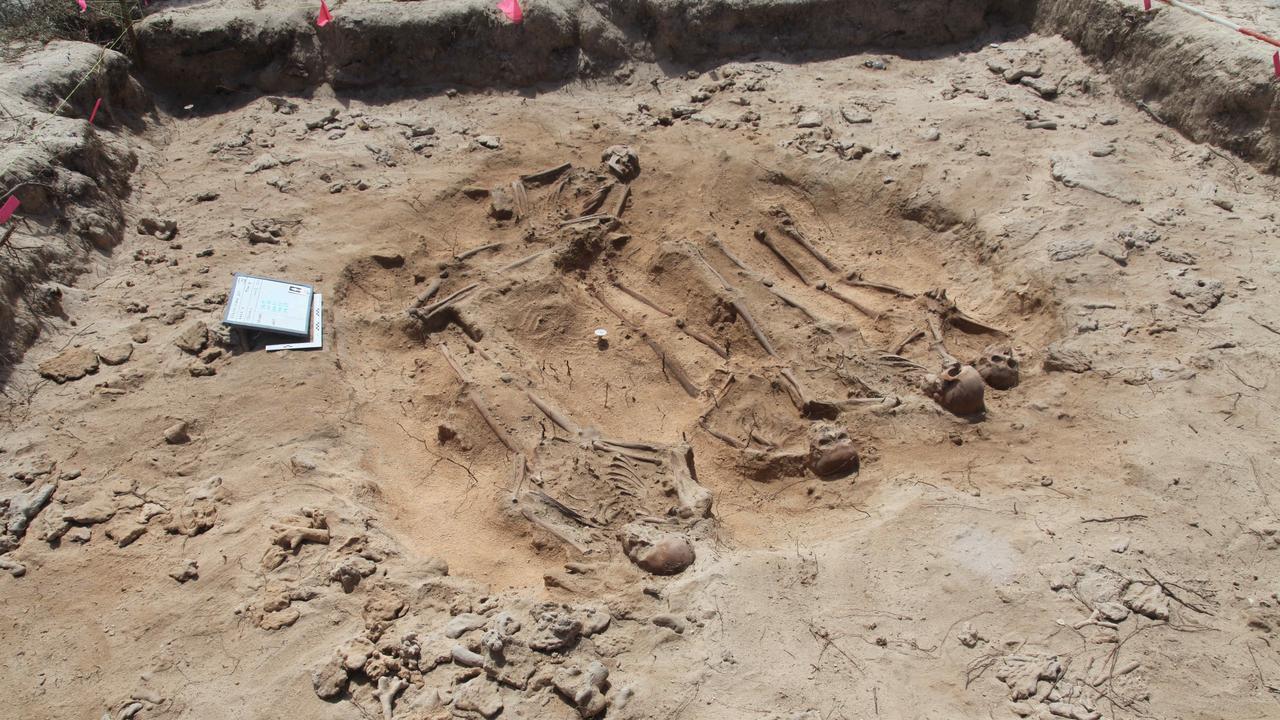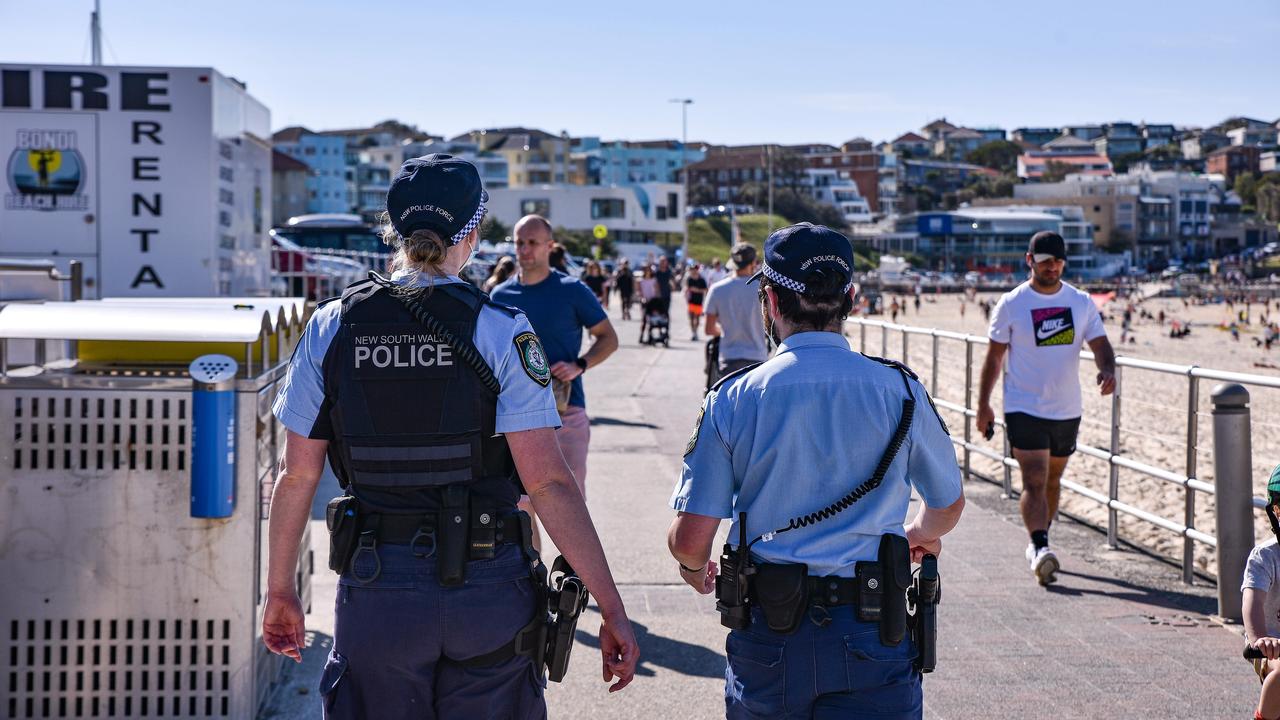Batavia graveyard on Abrolhos Islands gives up secrets
The bones of victims from a massacre four centuries old have emerged on an island off the West Australian coast.

The bones of victims from a massacre four centuries old have emerged from a mass grave at ‘Batavia’s Graveyard’ on the Abrolhos Islands, off the West Australian coast.
The new communal grave was discovered less than three weeks ago onshore, near the site of the infamous 1629 shipwreck of the Dutch East India Company ship Batavia. After their ship foundered on coral reefs, 282 survivors struggled onto the bleak shores of Beacon Island to await rescue.
But in the following months a mutiny among crew members unfolded, leading to the deaths of around 115 people, often at the hands of the mutineers.
In the last three years, a total of ten largely intact Batavia skeletons have been discovered by teams from the University of Western Australia and the WA Museum, working alongside international archaeologists.
The logistically tough work involves travelling to the Abrolhos group of islands, about 60km west of Geraldton, and working in windblown and sun-exposed conditions on the largely treeless islands.
UWA Professor Alistair Paterson says the discovery of the new grave has unearthed vital clues about what happened on Beacon Island almost 400 years ago.
“The communal burial discovered this month suggests careful and respectful burial, not the hurried work of hiding murder victims,” Professor Paterson said.
“These may be people who died in the days following the wreck but before the mutiny and mass killings were under way.”
Dr Liesbeth Smits from the University of Amsterdam, who excavated the latest discoveries, said the bones would now be tested to discover more about them. “Isotopic analyses are allowing us to determine where these people originated from,” Dr Smits said.
“Surprisingly many of them did not come from Holland, but moved there to join the ships of the Dutch East India Company.”
The craggy cliffs and surging waves of Western Australia’s coastline hold the secrets of many ill-fated Dutch mariners whose ships were using the Roaring Forties trade winds to shorten the voyage to Indonesia’s spice islands.
But with longitude measuring devices still in their infancy the ships often overshot and hit submerged reefs along the state’s midwest coast.
The Batavia story was especially gruesome, with men, women and children marooned on the remote islands and subjected to the terror of the mutineers.
Batavia’s wooden hull and cargo were famously located and excavated in the 1970s by a team led by Jeremy Green, Head of Maritime Archaeology at the WA Museum. It is on permanent display, with a victim’s skeleton, in the WA Maritime Museum in Fremantle.
“This latest find adds significantly to the wealth of information we have on Batavia,” he says. “It shows that there are still very important discoveries to be made about the remarkable human story behind one of Australia’s oldest known shipwrecks.”
In October last year, the West Australian and Dutch governments — including visiting King Willem-Alexander and Queen Maxima of the Netherlands — commemorated the 400th anniversary of Dutch East India Company captain Dirk Hartog landing at Shark Bay in 1616, the first European to set foot on the western shores of Australia.
Thirteen years later, the Batavia victims now lying in shallow graves on the Abrolhos met their fate on Australia’s shores.



